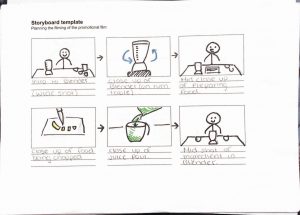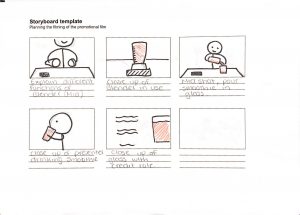Follow the link below to find our music video for the song ‘Half the World Away’ by Oasis.
Director – Harry Postlethwaite
Producer – Chloe Cartmell
DP – Harrison Cox
Camera – Emily Peers and Sarah Burden
Lighting – Jasmine Stainton
Location Manager – Ellie Sheldon
Reflective Evaluation of the Music Video:
Although music videos don’t always necessarily follow a linear narrative, the lyrics of the song that we chose to make a video for seemed to be suited to one. Therefore, our main objective for this task was to create a linear visual story that matched the tone of the song. We aimed to do this by applying good teamwork, research and time management to the task, assigning each member of the team a role for which they would be responsible. One of the big planning points for this task was scouting locations for the shoot, which was managed by the location manager, as we needed to be aware of where we could shoot and when. As such, we checked potential locations beforehand for pros and cons as there is ‘no substitute for a recce’ (Bamford, 2012).
My role as a camera operator taught me a lot about camera movement and how it can enhance a shot or sequence. This is due to the way in which we experimented with different movements on several shots, although the shots themselves were planned in advance, to see what would work best on screen and so that we had options to choose from in the edit. This is one way in which one person’s role can have an effect on another’s, and one example of how we utilised teamwork throughout this task.
The most significant problem we faced was that we underestimated how much time we needed to shoot over four minutes worth of footage, especially without dialogue which is often used to fill time. As Nick Bamford (2012) stated, ‘real time and screen time are not the same’ which is a concept that we did not consider enough during our planning stage. Therefore, more shooting time needed to be scheduled for us to gather enough footage to complete the video. From this, we learned as a team how long a shoot actually takes accounting for aspects such as travel and breaks. This is a very important lesson as, in the future, it will allow us to better plan projects and stick to any deadlines or schedules.
References:
Bamford, N. (2012) Directing Television: A Professional Survival Guide. London, Bloomsbury Publishing Plc. pp. 24 – 178

